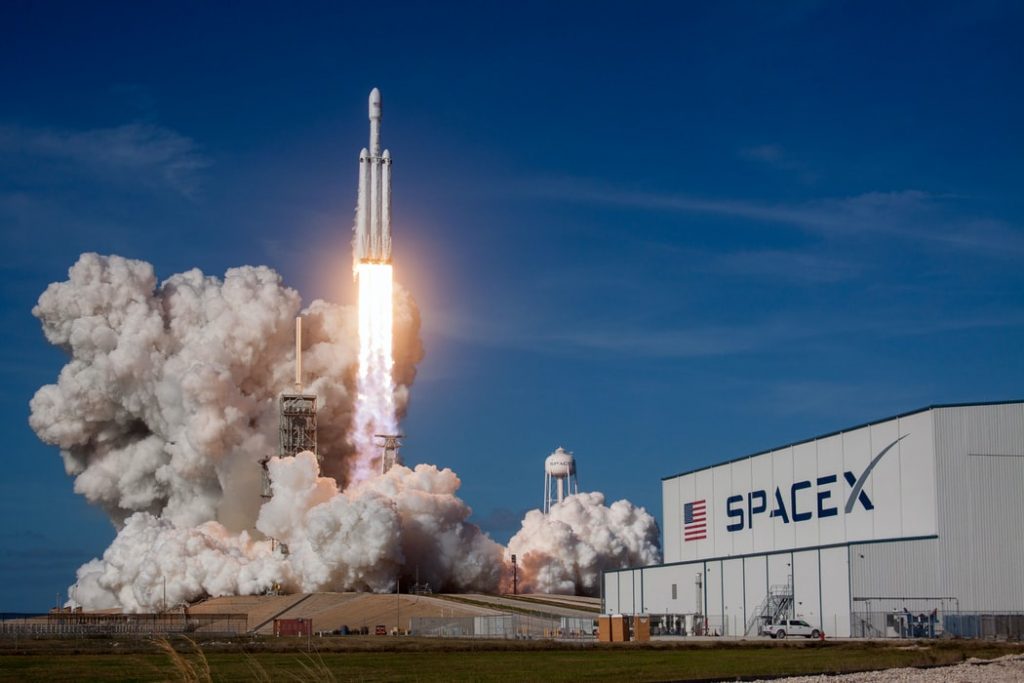
SpaceX launched a crew of four astronauts to the International Space Station on April 23. The astronauts originated from three countries: the United States, France and Japan. Shane Kimbrough and Megan McArthur work for NASA; Akihiko Hoshide is a member of the Japan Aerospace Exploration Agency (JAXA); and Thomas Pesquet is a member of the European Space Agency.
The team arrived at their destination on the morning of April 24 – 23 hours after takeoff. All four of the crew members had previous experience in space travel and living in space. The crew will spend six months in space carrying out a scientific mission.
“We couldn’t have asked for anything better,” McArthur, the pilot for the spacecraft, said.
“I asked them what they look forward to most in the mission, and they said launching and getting up on the station and getting to work,” NASA’s Acting Administrator, Steve Jurczyk, said.
The expedition marks the second flight for two SpaceX spacecraft. Falcon 9, the rocket, was recycled from a November mission, and the Crew Dragon spacecraft –the actual vessel for transportation –was originally used in May 2020 for SpaceX’s first-ever manned flight in space.
Reusing components, such as rockets and the vessel itself, may allow space travel to occur with more ease and affordability, potentially important factors in SpaceX’s goals of commercial space travel and to make humanity “multi-planetary.” Though such an accomplishment is still a long way away, the events of last week’s successful mission reaffirmed its plausibility for many.
Elon Musk, co-founder and owner of SpaceX, Tesla and Neuralink, said he believes that human missions to Mars are closer than most think. The science-orientated entrepreneur claimed to be “highly confident” that SpaceX will put humans on Mars by 2026. However, Musk acknowledges that such a goal would require a spacecraft that is closer to a commercial airplane. If all goes well, SpaceX’s Starship rocket –which is still in development – would only need maintenance instead of a complete rebuild each time it is launched – a development with the potential to save SpaceX millions of dollars.
Interest in space travel has occupied human imagination as far back as the 1960s – if not before then. Earlier in the week, President Joe Biden called to congratulate another team on their success in their attempt to launch a helicopter on Mars in early April. During his speech, President Biden mentioned that his grandson wanted to know when he could go to Mars. This quip characterizes the purpose of SpaceX and their mission to eventually colonize Mars, which is much closer now than ever before.
